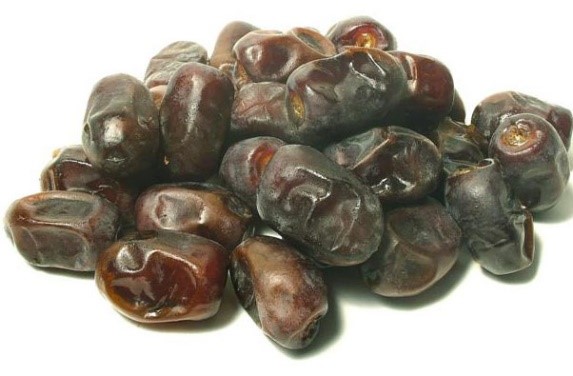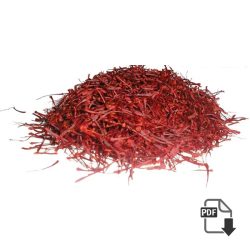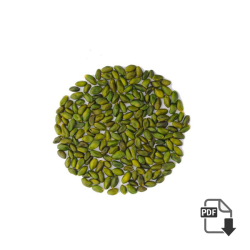Dry Date Benefits Dates are one of the most versatile fruits in the world, and there are some categories in the field, but they are usually referred to as the two dry and more palms. Usually, the moisture content in the dates is not the same and if the date is very low moisture most...
How Many Dates Does a Date Palm Produce? This particular fruit is somewhat unfamiliar to people in European and American countries and consumed only in cakes and pastries. But Middle Easterns and residents of Arabian countries use it as a staple food. Since there is not much information about Dates, many questions arise about it, for example How Many Dates Does a Date Palm Produce? Please for more information or...
Dates Importing Countries Dates Importing Countries : Many countries in the world cannot produce dates and must import this nutritious fruit from other countries. As Iran is one of the main exporting countries of dates, we have customers around the world. Based on the latest statistics the top five Dates Importing Countries are India, France, United States, Germany, and the United Kingdom. Please for more information or any inquiry click...
Why Are Pistachio Nuts So Expensive? Please for more information or any inquiry click here …… Why Are Pistachio Nuts So Expensive : The question is Crop production faces a variety of risks, one of which is price risk. Managing this risk can help sustain the sustainability of production and food security in the country while generating more reliable income for farmers. The main purpose of this article is...
Can Pistachios Kill You? Can Pistachios Kill You: If you are allergic to nuts, be careful when eating pistachios. Consult your doctor if you have shown any allergy reactions to nuts before. In other words, if you have bad experiences with nuts, eating pistachios may have the same result. So, to answer the question can...
Walnuts Production Management Walnuts Production Management : Poor sites have characteristics which will stress black walnut trees. These characteristics include insufficient moisture, too much moisture, harsh conditions from steep slope, hard pans and shallow soils with bedrock or gravel that restrict root growth. Unfortunately, you cannot improve a poor site. To grow black walnut profitably,...
---! Should I Eat Pistachio Before Bed !--- Should I Eat Pistachio Before Bed : Hungry to sleep makes it more likely that you will wake up with extreme fatigue and unhealthy food choices in the middle of the night and even at breakfast. The best way to boost metabolism, improve nighttime sleep and lose weight effectively is to consume 3 foods before bedtime. This post will provide useful tips...
---! Is pistachio rich in melatonin !--- Is pistachio rich in melatonin : Melatonin is a hormone produced in the pineal gland, a small gland in the brain, that helps regulate the cycle of sleep and wakefulness in the body. There is very little melatonin in foods such as meats, beans, fruits, and vegetables. Melatonin is also marketed as a dietary supplement, although it is not a well-known nutritional value. Irregular...
A walnut is the nut of any tree of the genus Juglans (Family Juglandaceae), particularly the Persian or English walnut, Juglans regia. A walnut is the edible seed of a drupe, and thus not a true botanical nut. It is commonly consumed as a nut. After full ripening for its edible seed when the shell...
--- Which Nuts are Bad for Cholesterol? --- Please for more information or any inquiry click here …… Which Nuts are Bad for Cholesterol : Elevated cholesterol is a key contributor to heart disease, which causes people to die three times more than breast cancer and twice as many as lung cancer. But what's important is that lowering blood cholesterol is the biggest benefit a person can do to reduce their...

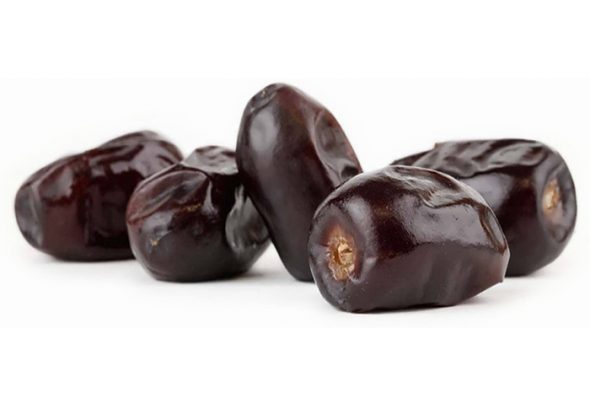
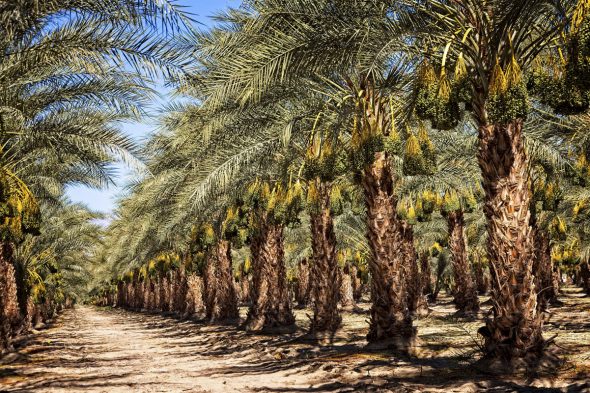
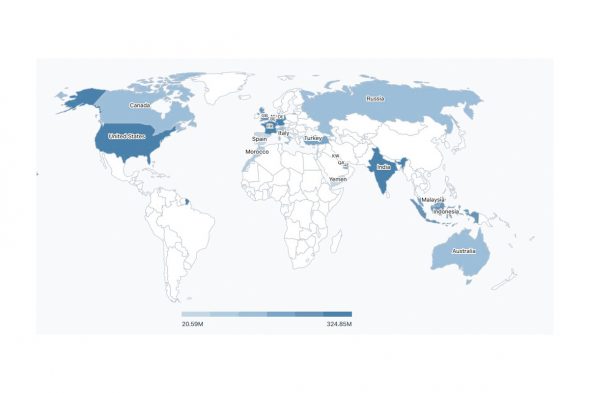
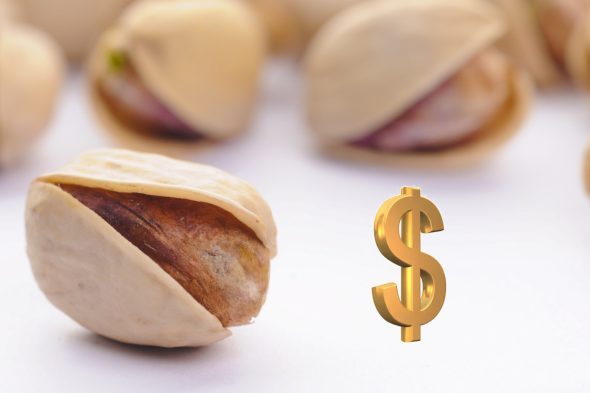

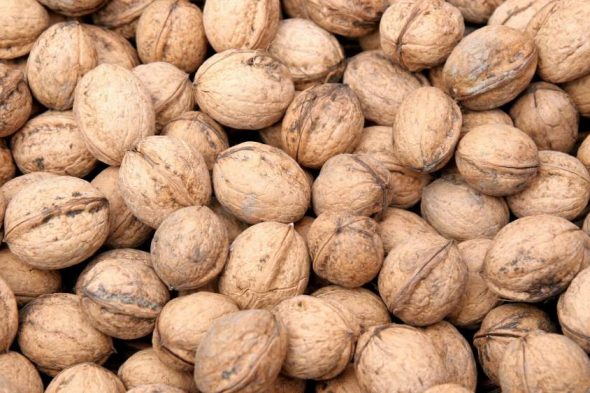
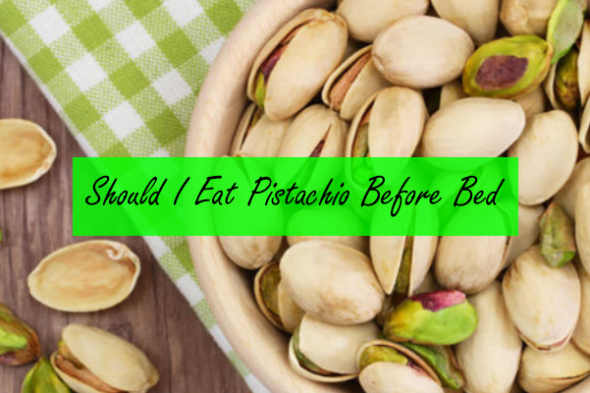
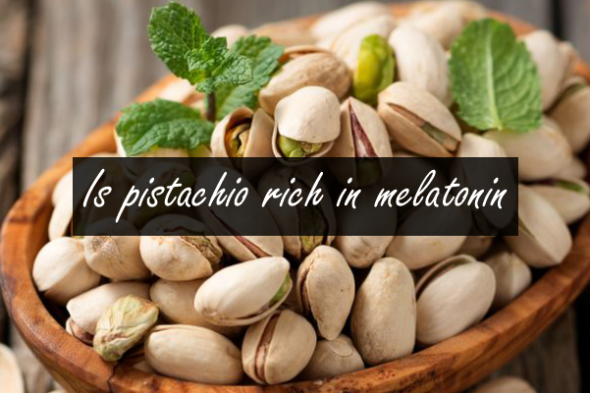
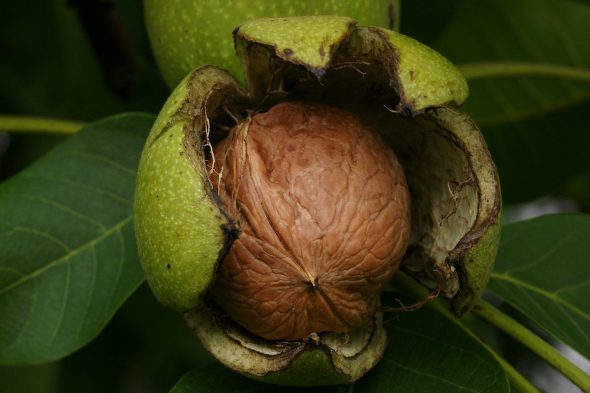
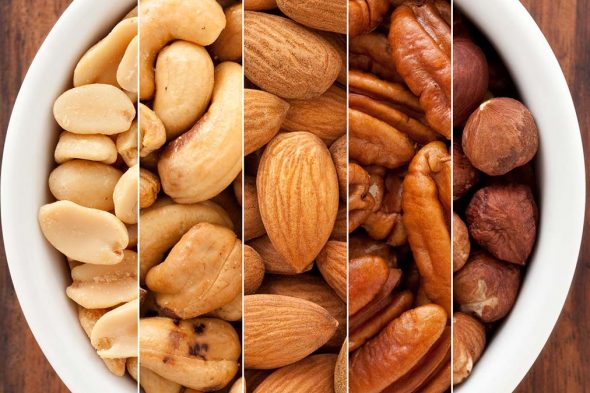
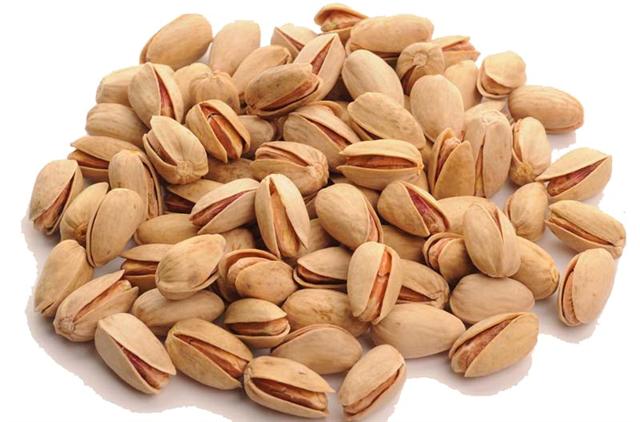
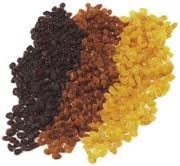 3 kind raisin
3 kind raisin 